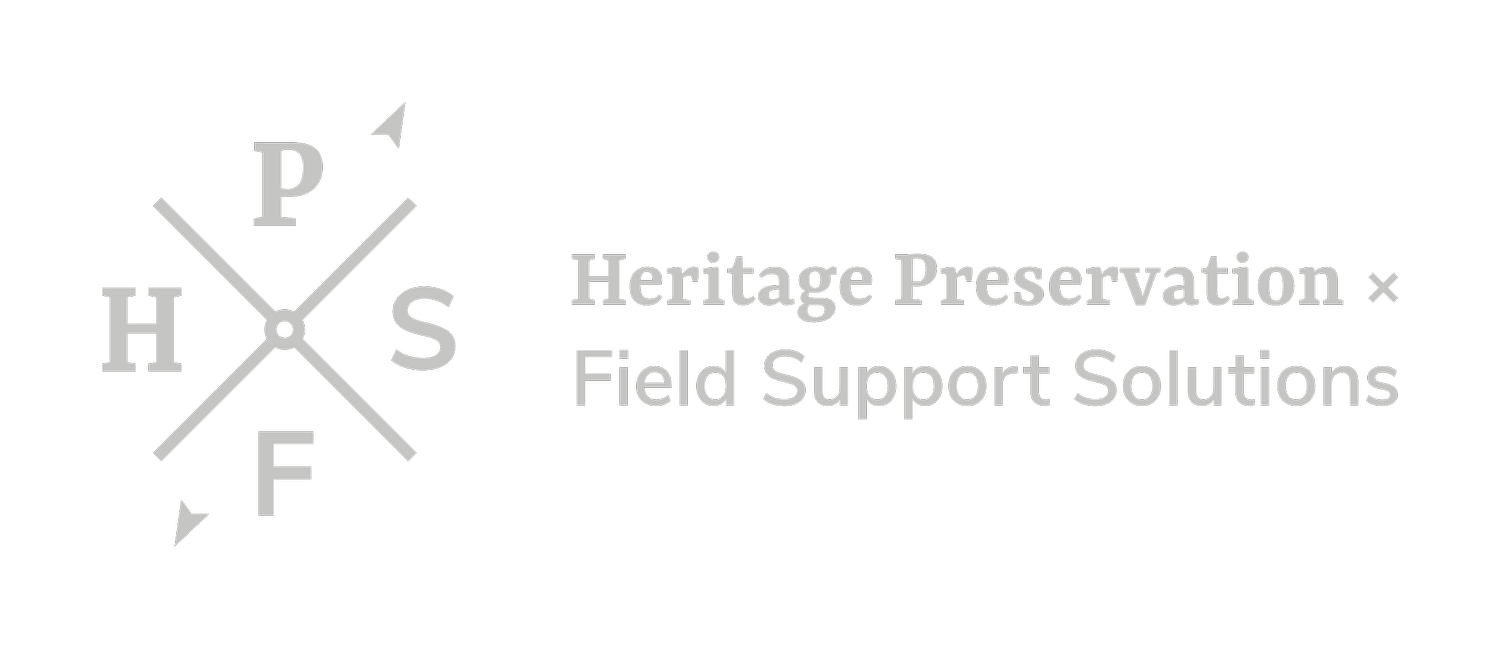A Conservation-Approved Approach to Pest Management
Anoxic treatment is widely recognised in conservation science as a preferred method for pest eradication in sensitive materials.
At HPFS Solutions, we use custom-built oxygen-depleted environments to create controlled conditions that effectively neutralise insects at all life stages (larvae, eggs, and adults) without the use of chemicals.
This treatment is ideal for institutions and collectors seeking a non-toxic and non-invasive solution to pest issues in organic objects, including textiles, wood, basketry, and mixed-media artworks. It is particularly suitable for taonga Māori and other culturally significant items where chemical treatments would be inappropriate or harmful.
FAQs
-
The term “anoxic” means "without oxygen." In this treatment, we place the item inside a specially designed chamber (or oxygen-impermeable bag) and gradually remove the oxygen. We also use an inert gas until oxygen levels drop below 0.1%.
This environment is maintained for a minimum of 14 days. The lack of oxygen disrupts the cellular respiration of pests, causing them to die off naturally at all life stages (eggs, larvae, pupae, adults) without damaging the object.
We closely monitor the oxygen levels during the process to ensure conditions remain lethal to pests throughout the treatment. While it may seem like a long time, this slow, careful approach protects your object and avoids the risks associated with faster chemical treatments.
-
Wood-boring insects:
Common Borer (Anobium punctatum) – One of the most frequent culprits in wood damage (e.g. furniture, carvings).
Powderpost Beetles (Lyctus spp.) – Targets hardwoods; often found in historic wood items.
Deathwatch Beetle (Xestobium rufovillosum) – Known to infest older, decayed wood, especially in damp conditions.
Textile and fibre pests:
Clothes Moth (Tineola bisselliella, Tinea pellionella) – Damages wool, hair, feathers, and textiles like muka or harakeke when used in cloaks or weaving.
Carpet Beetles (Anthrenus spp., Attagenus spp.) – Feed on natural fibres; larvae are highly destructive.
Paper and organic material pests:
Silverfish (Lepisma saccharina) – Thrive in dark, humid environments; eat paper, glue, and starchy materials.
Booklice (Psocoptera) – Feed on mold and starchy binding in books and paper.
Cockroaches (Blattodea) – Occasionally infest stored collections and damage organic materials.
Stored product pests (occasionally found in collections):
Grain beetles, flour beetles, or weevils – Sometimes found in traditional storage items or baskets containing residual plant material.
-
Completely chemical-free: Safe for people, objects, and the environment.
Non-invasive & reversible: The treatment does not alter the object’s appearance, texture, or integrity.
Safe for sensitive materials: Works well on taonga like harakeke, muka, plant fibres, woven items, wood, feathers, leather, paper, and textiles.
Kills pests at all life stages: Unlike some treatments that only affect adults, anoxic treatment is effective against eggs and larvae as well. Unlike some chemical treatments, pests can’t develop immunity to the absence of oxygen.
Culturally respectful: Especially important when treating Māori taonga or other culturally significant items where traditional or ethical concerns prohibit chemical use.
-
Yes! At HPFS Solutions, we offer customisable anoxic treatment setups to suit a wide range of object sizes and shapes. We understand that taonga and artworks come in all forms, from towering pou to delicate garments, and we’ve designed our service to be flexible.
We currently have two pre-made chamber sizes ready to go:
‘Pou’ Chamber – 280cm (H) x 50cm (W) x 60cm (D), ideal for upright carvings and tall sculptural forms.
‘Rugby Jersey’ Chamber – 120cm (H) x 180cm (W) x 40cm (D), perfect for textiles, framed works, or wide, flat objects like kakahu (cloaks), tukutuku panels, or paintings.
‘Half-Table’ Chamber – 120cm (H) x 120cm (W) x 90cm (D), great for multiple framed works, panels or paintings. Depending on their thickness, up to 10 framed works can be treated at a time.
In addition to these, we can create custom-sized enclosures using oxygen-impermeable barrier film and modular systems. Whether your item is oversized, irregularly shaped, or extremely fragile, we’ll tailor the enclosure to fit safely and ensure effective treatment.


